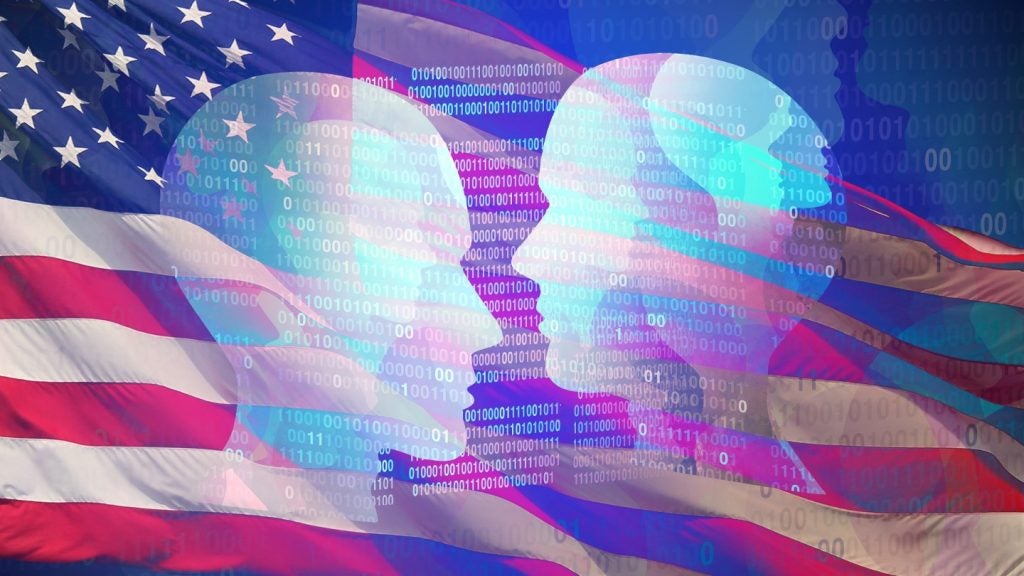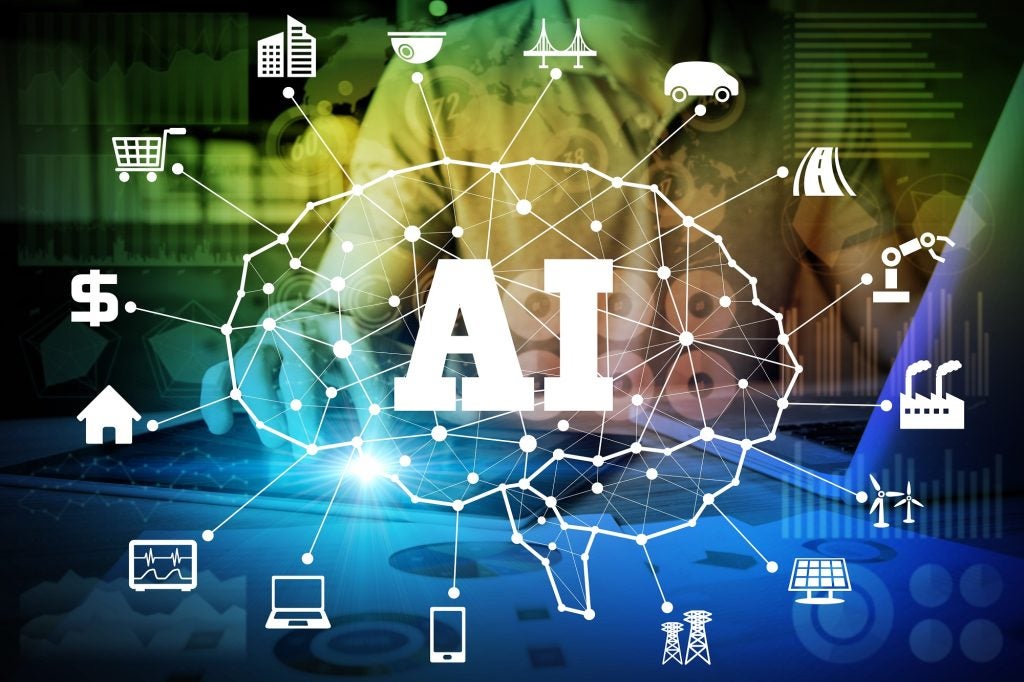
The role of chief technology officer (CTO) varies between companies. Zendesk CTO Adrian McDermott, somewhat of an evangelist for both Zendesk and the emerging benefits of AI, has been referred to by colleagues as the company’s chief-talking-officer. A public facing CTO creates great brand value in communicating the technology strengths of a business within an industry vertical – at a time when every company is essentially part-technology company whatever the sector. And this is one of McDermott’s strengths as he bridges the silos of business and technology through his work on strategy and mergers and acquisitions.
A UK native, McDermott is now fully immersed in the San Francisco tech ecosystem, where Zendesk is headquartered. But like many startups, Zendesk’s evolution took the path of scaling up in the US, with the endgame of a US IPO. Originally founded in Copenhagen, Denmark in 2007, the company now has around 100,000 customers and processes around a billion requests a day on behalf of those customers.
The company’s $2bn in revenue comes mostly from its customer experience, which is where Zendesk’s expertise lies. “We’ve been doubling down on our belief in our mission to drive what we call intelligent customer experience. We need to make sure that the drive towards automation, and faster, cheaper experiences, doesn’t forget the emotional intelligence portion of that,” cautions McDermott.
Zendesk has made a number of AI acquisitions in the past year, all of which are primarily based in Europe: Lisbon, Estonia, Serbia, and most recently, Berlin, says McDermott. These include: Klaus the industry leading AI-powered quality management platform; Ultimate, a provider of service automation, and Tymeshift, an AI-powered modern workforce management solution that simplifies the management of complex customer experience workloads.
Knowledge expansion through AI is a superpower
McDermott’s enthusiasm for AI and its potential for transformation is clear when he refers to LLMs as having “superpowers”, with “the ability to create and be generative in a customer service response which is detailed and based on real information, or the ability to expand or contract responses, to change the tone and rewrite.”
McDermott’s belief in the power of AI stems from what he sees as an incredible and expanded wealth of knowledge. “It’s like having someone sat next to you that has read the entire internet,” he says. The two most important characteristics of AI being knowledge retrieval and answering creation services. “Someone is coming to you with a question. And the answer lives within your domain in the world of AI.”
How well do you really know your competitors?
Access the most comprehensive Company Profiles on the market, powered by GlobalData. Save hours of research. Gain competitive edge.

Thank you!
Your download email will arrive shortly
Not ready to buy yet? Download a free sample
We are confident about the unique quality of our Company Profiles. However, we want you to make the most beneficial decision for your business, so we offer a free sample that you can download by submitting the below form
By GlobalDataAI is a gamechanger, says McDermott, who sees the retrieval of information on such a massive scale akin to “finding a needle in a haystack” followed by “building a beautiful response for you”, which mimics the fluidity, richness and consistency of human responses. McDermott believes that, over the next three to five years, the de facto standard will become the expectation of typing a question into a little textbox and getting high quality answers like these.
Customer service chatbots are nothing new. However, McDermott differentiates a digital AI agent by its ability to understand and reason rather than predefined workflows of existing service chatbots. “The digital agent needs a lot less formal instruction about behaviors and uses its own built-in capacity to reason. It asks multiple questions to establish intent and uses its flexibility in the moment, in the same way that a human would,” explains McDermott.
Digital agents actually emulate the best of human customer service behaviors and this creates trust with businesses and users alike. Not all responses require this level of human-like quality. Here, McDermott applies the 80/20 rule. “I think customer service is no different from most brands, or companies where, 20% of activity or business processes are intense, and 80% are prescriptive.”
The 20% of tasks that are characterised as human grade information retrieval require flexibility within very strict guidelines. Companies need customer service vendors to include these guardrails and controls on LLMs because they are not always completely accurate, says McDermott. “It’s the vendor’s job to control the scope. So that it’s trustworthy, repeatable, and the user can ask to be escalated to an actual human,” he adds.
AI customer service won’t replace ‘human’ service
Business processing outsourcing and customer services businesses are likely to see significant disruption from the widespread adoption of generative AI. “Folks might not need quite as many customer service people as they did in the past, just as self-driving cars mean that there won’t be quite as many drivers as there were in the past,” says McDermott.
However, McDermott is clear that ‘human service’ is still a critical requirement, particularly in the case of those that are currently experiencing digital exclusion. And looking forward, human service may be viewed more as a premium service, says McDermott who notes that each brand has to figure out its position around human vs non-human solutions, and what makes sense in the context of their industry and the use cases and cost structures of their particular businesses. “But in the end, we’re in the business of making humans a lot more productive,” adds McDermott.
And what does the future hold for AI in the next five years? After the web moment and the mobile moment, comes the LLM moment as the next wave of technology, says McDermott. “I think responding to that wave requires R&D investment,” he adds. In that timeframe, McDermott predicts a three to five times increase in the use of customer service inquiries, as they become so much easier and more reliable to process which is good for Zendesk’s business. “This does mean that we need to invest and be ready,” he says.







